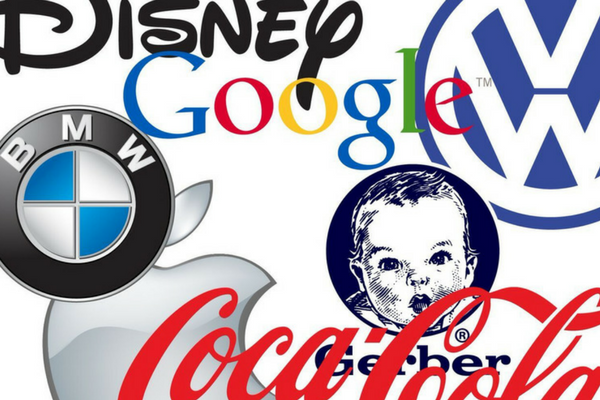Your logo says a lot about your company.
It’s the cornerstone of your brand. It’s to your business what your face is to you. It’s how you are recognized. It visually reflects your brand’s point of view. So, it needs to be memorable. It needs to reflect your brand “literally”. It’s your image and image is everything when you are trying to command a certain price for your goods or services.
Do you have a unique logo? Is it compelling? If you put it on a page along with 100+ icons will its thumbnail stick out? Does it represent you, your business, your niche, or whatever you are known for?
Your logo should convey something essential about your business’ identity. The design should reflect your business’ personality, its attitude and sense of style. What constitutes a good logo design? That is a question that has been asked over and over again by creative folk and designers alike. While it may be difficult to pin down what it is that makes a great logo there certainly are some common characteristics that all great logos share. And we can all agree that your logo is no joke, so take it seriously.
Here are eight other perspectives that discuss the various things to consider when developing an exceptional logo that communicates immediate brand recognition.
- Why Your Company Needs a Professional-Looking Logo – Having a good logo is about more than just making a good first impression.
- The Power of a Good Logo– Recent research finds that effective corporate logos can have a significant positive effect on customer commitment to a brand — and even on company performance.
- How To Create A Logo- With a well-designed logo, potential clients can instantly discover how your business can serve them.
- The Importance of a Logo– Because a logo carries so much significance, the task of designing one becomes that much more important.
- Why Your Company Logo is More Important Than You Think- From colors to cost, this informative info graphic breaks down all the reasons why a good logo is important for your business. It even shows the evolution of some of the most iconic logos of all time!
- Branding 101: The Importance of a Strong Logo- Every brand deserves a powerful logo. Every company needs a logo that is not only clear and on message, but also tells a story and evokes an emotional response.
- How Important Is It for a Company to have a Great Logo?– From Nike’s “swoosh” symbol to Starbucks’ twin-tailed mermaid or siren, the world’s largest companies take great care of their logos.
- How Logos Became the Most Important Quarter-Inch in Business- A logo isn’t just a name or an icon or other visual signature on company letterhead or a billboard or other promotional venue anymore.
So, what do YOU think and how can you decide which type of logo is right for you?
Keep it simple. The simplest design is often the most effective. Why? Because a simple logo helps meet most requirements for building an iconic design.
Make it relevant. Your logo or other design marks such as avatars, favicons, and emojis must be appropriate for the business it identifies. What is an avatar, favicon, or emoji? A “favicon”—or browser icon—is a small image that displays next to the page title in a browser tab. Adding a favicon to your site makes your site recognizable in a browser full of tabs, and can also be used by some browsers for bookmarks. An “avatar” is an image that follows you from site to site, appearing beside your name when you do things like comment or post on a blog. Avatars help identify your posts on blogs and web forums. An “emoji” is a small digital image or icon used to express an idea or an emotion in electronic communication. (Think “smiley face.”)
Make it timeless. Trends come and go like the wind. With your visual identity, the last thing you want is to invest a significant amount of your money in design directions that looks dated within a year or two.
Aim for distinction. Begin by focusing on designs that are recognizable—so much so that just its shape or outline gives it away.
Think small. Think big. What will your logo look like at five inches, five feet, or fifty feet away? How about if you shrink or increase its size? Your logo should ideally work at a minimum of one inch in size without loss of detail so that it can be put to use for many different applications. Conversely, you should consider whether it becomes pixilated when it gets bigger. In other words, does the image become more blurry and distorted the bigger it gets?
Your logo is the key element of your company’s corporate branding and identity. It is the visual representation of your business. Awareness and familiarity are keys to growing your business, and your logo is instrumental in both areas. Your logo is your brand’s most basic graphic element. It ties together all your sales material. The right logo helps solidify customer loyalty while differentiating you from the competition. So, give it tons of thought and choose wisely.

